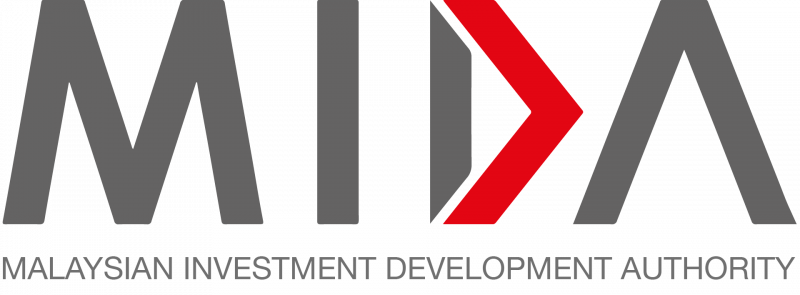The recovery in Asean compares favourably to the 30% average growth in developing economies, UNCTAD reports
INFLOWS of foreign direct investment (FDI) in Asean increased by 42% in 2021 to US$174 billion (RM765.6 billion), returning to pre-pandemic record levels, according to the latest Asean Investment Report 2022.
The report published by The Asean Secretariat and the United Nations Conference on Trade and Development (UNCTAD) said the rebound underscores the resilience of the region, which has been battered by successive waves of the pandemic.
“The recovery in Asean compares favourably with the 30% average growth in developing economies.
“Six member states recorded a rise in inflows and in two, inflows remained flat.
“This contrasted with the situation in 2020 when only two member states recorded a rise,” it added.
The report also highlighted that Asean remained a top recipient of FDI in developing regions, second after China in 2021, and continued to be an engine of growth.
It said the region’s share of global FDI inflows rose from a pre-pandemic annual average of 7% in 2011-2017, to 11% in 2018-2019, and to 12% in 2020-2021. Strong inflows pushed up FDI stock in the region to US$3.1 trillion, an increase of 72% from 2015 (US$1.8 trillion).

Robust Upturn
According to the report, several factors led to the robust upturn namely, rising investment across different modalities; a strong rebound in manufacturing; corporate investment strategies focusing on capacity expansion to bolster supply chains and for the post-pandemic recovery; significant investment from key source countries and; investment in infrastructure-related activities, including in the digital economy.
“Announced greenfield investment project numbers rose by 12%, with most investment in manufacturing and infrastructure-related activities.
“Three industries (electronics and electrical equipment, energy and gas supply and information and communication) accounted for 68% of announced greenfield investment values in 2021.
“Cross-border mergers and acquisitions declined in number but rose significantly in value, from -US$4.7 billion in 2020 to almost US$50 billion because of a few megadeals, including the US$34 billion special purpose acquisition company established by Grab (Singapore) and Altimeter Growth (the US).
“Announced international project finance values increased from US$66 billion to US$114 billion, with the largest increase in renewable energy, followed by industrial estates.
“These two industries accounted for 75% of international project finance activities in
2021. The number of international project finance deals rose by 18% to 134,” it noted.
Apart from that, the report also said a broad-based rise in FDI in manufacturing played a key role in 2021. It pointed out that strong investment in manufacturing, finance and some services industries associated with the rapidly growing digital economy and Industry 4.0 activities were the main industry drivers.
Investment in manufacturing recorded the strongest growth (134%), to US$45 billion, in industries such as electric vehicles (EVs), electronics, biomedical and pharmaceuticals.
Finance and banking remained the largest FDI recipient industry with 22% growth, to US$57 billion, underpinned by Asean and foreign banks picking up investment and multinational enterprises in banking resuming their regional expansion plans.
The active fintech industry in the region was another contributory factor. The strong digital economy helped attract rising investment in data centres and in information and communication activities.
Semiconductors
Meanwhile, robust investment in semiconductors, electronics and EVs were significant drivers of the rise in manufacturing FDI, the report noted.
It said the announced greenfield investment in electronics and electrical equipment quadrupled to US$33 billion in 2021, increasing the share of these two industries in the total value to 52%, from 12.4% in 2020.
On top of that, the report also said investment in all FDI components — equity, intracompany loans and reinvested earnings — rose.
“New equity investment was prominent, suggesting new investment interest or further injection of capital into expanding existing operations,” it added.
On future prospects, the report noted that it is expected that Asean will continue to receive a high level of FDI flows following the significant rebound.
However, it said potential new waves of the pandemic, inflationary pressures and a weakening global economy will put downward pressure on both global and regional FDI.
It added that other developments on the global stage in 2022, such as the Ukraine war, food-fuel-finance crises, recession fears could also dampen the growth momentum.
Nevertheless, the report said despite the worsening outlook for global FDI, several factors will support continued growth in Asean, including vibrant industrial development, regional integration momentum, growing numbers of middle-income consumers and a consistent policy push.
“The interaction of internal (such as regional integration, market attraction) and external factors (such as adjustment or strengthening supply chain capacity and regional corporate expansion strategies) favourable to the region will help sustain a high level of inflows.
“FDI in manufacturing is expected to remain strong particularly in the EV value chain, electronics and semiconductors and in activities related to the digital economy,” it noted.
Source: The Malaysian Reserve
Asean FDI surges 42%, back to pre-pandemic level
Content Type:
Duration:


